1. Introduction: Importance of Pressure Vessels
Definition and Application:
Pressure vessels are containers that can withstand internal or external pressure differences and are usually used to store gases or liquids. They are widely used in the chemical, petroleum, natural gas, power, pharmaceutical and other industries. For example, gas tanks in oil refineries, reactors in chemical plants, and steam generators in nuclear power plants are all pressure vessels.
Safety Risks:
Since pressure vessels are usually used to withstand extremely high pressures and temperatures, their failure may lead to catastrophic consequences such as explosions, leaks, or environmental pollution. Therefore, ensuring the safe operation of pressure vessels is crucial to preventing accidents.
Compliance Requirements:
In order to ensure safety, various countries and regions have relevant regulations and standards that specify the design, manufacture, inspection and maintenance requirements of pressure vessels. Pressure vessels not only need to meet these standards during the design phase, but regular inspections and tests are also key to ensuring their long-term safety.
2. Key Objectives of Pressure Vessel Testing
The purpose of testing pressure vessels is to evaluate their performance and safety. The main objectives include:
Structural Integrity:
The test ensures that key parts of the vessel, such as materials, welds, joints, etc., are not damaged or corroded during long-term use, thereby maintaining the overall structural integrity of the vessel.
Performance verification:
Evaluate whether the container can withstand the specified pressure and temperature under actual working conditions to avoid overload during use, resulting in rupture or leakage.
Compliance verification:
Ensure that the pressure vessel meets relevant national or international standards, such as ASME, PD5500, etc., to avoid legal liability and financial risks caused by failure to pass the inspection.
Service life assessment:
Regular testing and inspection can help predict the remaining life of the pressure vessel, detect potential problems in time, and avoid accidents when the vessel reaches its service limit.
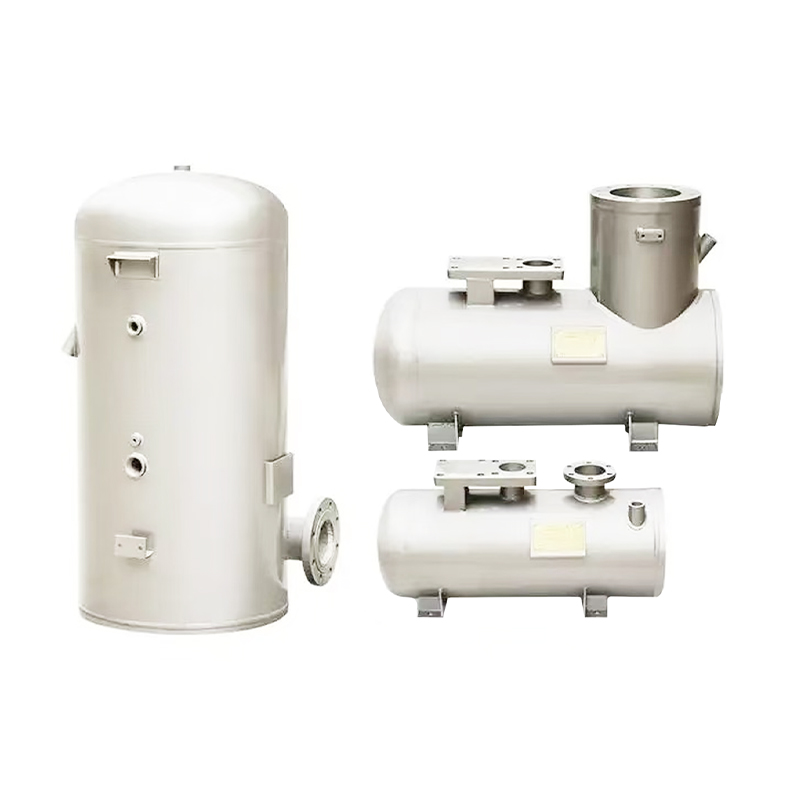
3. Common inspection methods for pressure vessels
The following are several commonly used pressure vessel inspection and testing methods, each of which has its own unique application scenarios:
Visual inspection:
Visual inspection is the most basic method, which is usually used to detect obvious damage on the outside and accessible surfaces of the container, such as cracks, corrosion, scratches, deformation, etc. This method is simple and easy to use, but it can usually only detect surface problems and cannot penetrate into the container.
Ultrasonic testing:
Ultrasonic testing can detect the thickness of the container material, especially for detecting the degree of corrosion or wear. Ultrasonic reflection can be used to evaluate the thickness change of the container wall and help confirm whether the material meets the design requirements, especially in the bottom of the container or in the pipeline, which are prone to corrosion.
Radiographic Testing:
X-ray testing is a non-destructive testing method used to check for defects inside the container, such as bubbles, cracks or other internal structural problems in welded joints. X-rays can penetrate the container wall and form a clear image on the imaging plate, revealing potential internal problems. This method can provide more accurate test results, but the equipment cost is high and requires professional operation.
Hydrostatic Testing:
Hydrostatic testing is to fill the container with water and gradually increase the pressure to 1.5 or 2 times the design pressure to check whether the container has leaks, deformation or ruptures. Due to the incompressibility of water, hydrostatic testing can effectively detect safety hazards of the container. This method is usually used before the container is put into use for the first time or during regular inspections.
Leak Testing:
It is mainly used to check whether the container has small leaks. Leak testing often uses gas (such as nitrogen) or liquid (such as helium) to detect whether the container has subtle leaks. It is usually combined with a helium leak detector or other precision instruments to improve the sensitivity of the detection.
Nondestructive testing technology (NDT):
Nondestructive testing includes magnetic particle testing (MT), eddy current testing (ET), penetrant testing (PT), etc. These methods can quickly and efficiently detect surface and shallow defects of the container, and are suitable for large-scale inspections and high-risk containers.
4. Compliance requirements for pressure vessels
Each country and region has strict standards and regulations for the design, manufacture and testing of pressure vessels. The following are several important compliance requirements:
ASME Boiler and Pressure Vessel Code:
This is the most widely used pressure vessel design and manufacturing standard in the world. The ASME code requires designers to consider factors such as material selection, design pressure, welding quality, corrosion resistance, etc. when manufacturing pressure vessels. The ASME standard also specifies the inspection and testing procedures for pressure vessels to ensure that the container achieves the expected safety during use.
PD5500 standard:
This is the design and manufacturing standard for pressure vessels formulated by the United Kingdom. PD5500 is mainly applicable to high-pressure equipment in the oil, gas and chemical industries, with a focus on design requirements, manufacturing process control, and inspection and acceptance of pressure vessels.
ISO 9001 and ISO 3834:
ISO 9001 is a quality management system standard that applies to the production and inspection process of pressure vessels to ensure that all products meet quality requirements. ISO 3834 is a standard for welding quality, requiring pressure vessel manufacturers to strictly control welding quality during the welding process to ensure the long-term safety of the vessel.
5. Best Practices for Pressure Vessel Testing and Inspection
Regular inspection and testing:
Regular inspection and testing are key to ensuring the safety of pressure vessels. Different types of pressure vessels may have different inspection cycles, but in general, vessels should be fully inspected at least once a year, and the inspection frequency should be increased in special circumstances (such as repairs, modifications or accidents).
Record test results in detail:
All test results should be recorded in detail, including the test date, test method, tester, test equipment, and problems found. Recording can ensure that the status of the pressure vessel can be compared and tracked in future inspections, and provide a basis for subsequent repairs and replacements.
Modern detection technology: With the development of science and technology, intelligent detection equipment and online monitoring systems have gradually been applied to the management of pressure vessels. By installing sensors and real-time monitoring systems, abnormal changes in pressure vessels can be captured in time, potential problems can be discovered in advance, and accidents can be avoided.
6. Common problems and troubleshooting
Leakage problem: Leakage is one of the common problems of pressure vessels. Leakage usually occurs at joints, welds or seals. When checking these places, using air tightness test or water pressure test is the most effective method. Patching the leaking point or replacing the seal is a common treatment method.
Corrosion problem: Corrosion is one of the main causes of pressure vessel failure. Corrosion may occur inside or outside the container, in acid and alkali environment or humid environment. Anti-corrosion measures include the use of corrosion-resistant materials, coating protection, regular cleaning and other methods.
Material fatigue: When pressure vessels work under long-term high pressure and temperature conditions, material fatigue may occur, resulting in cracks or deformation. Regular ultrasonic inspection, X-ray inspection and water pressure testing can effectively detect this problem.


 English
English русский
русский عربى
عربى

.jpg)
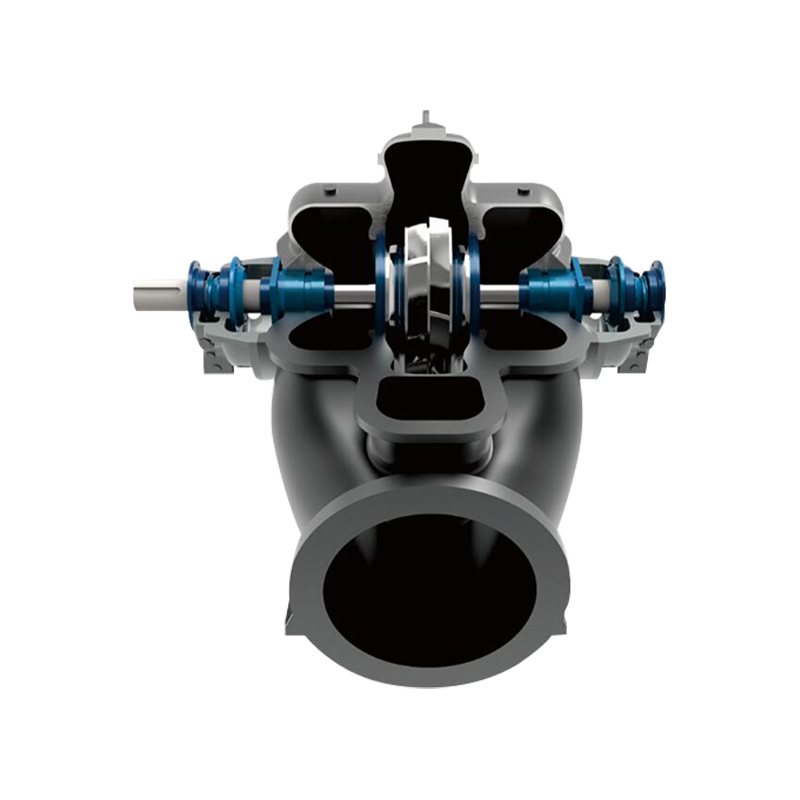
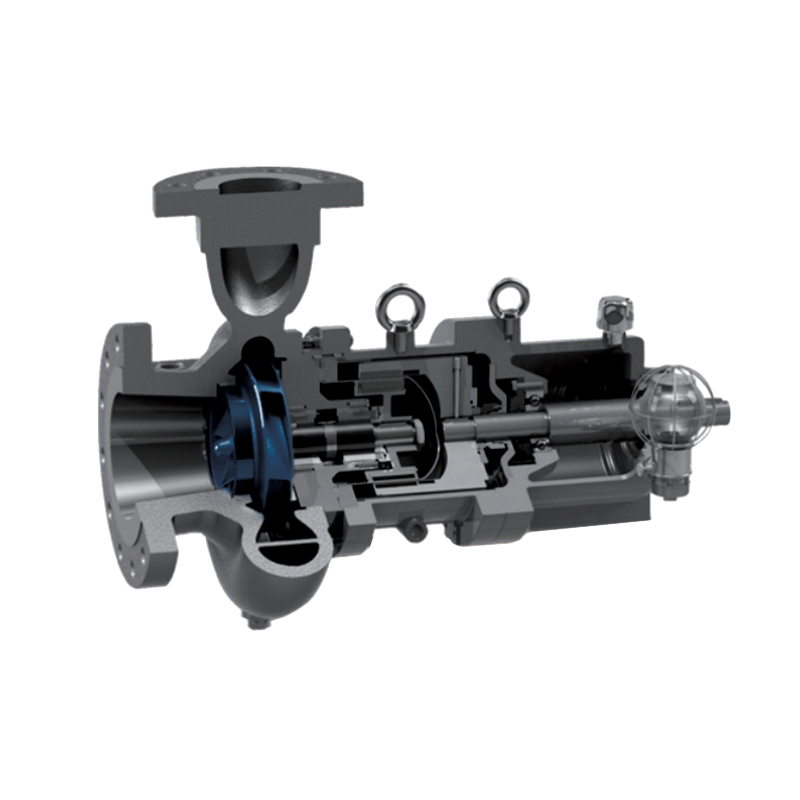
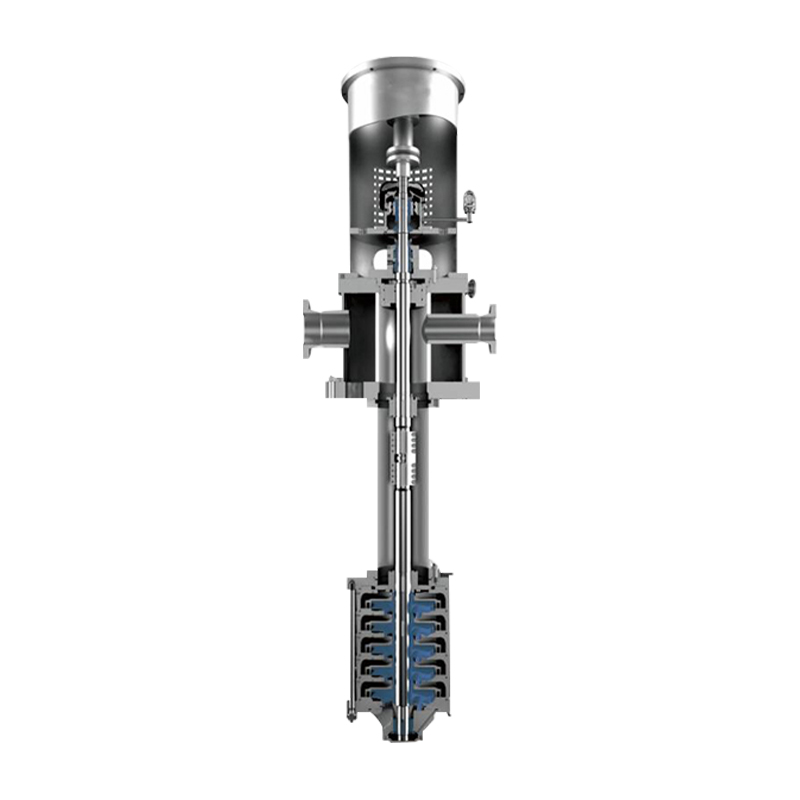
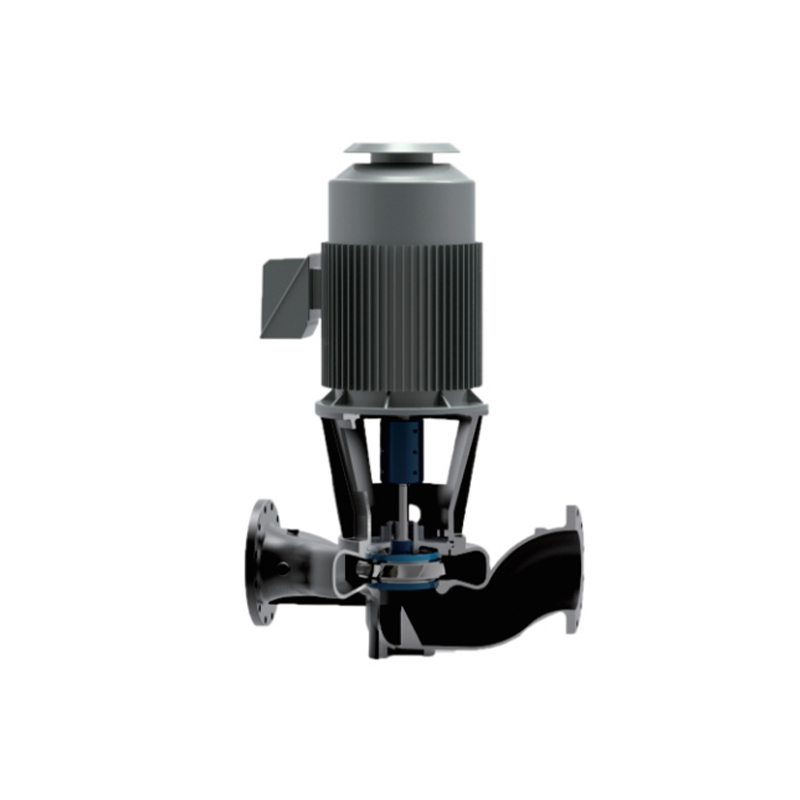

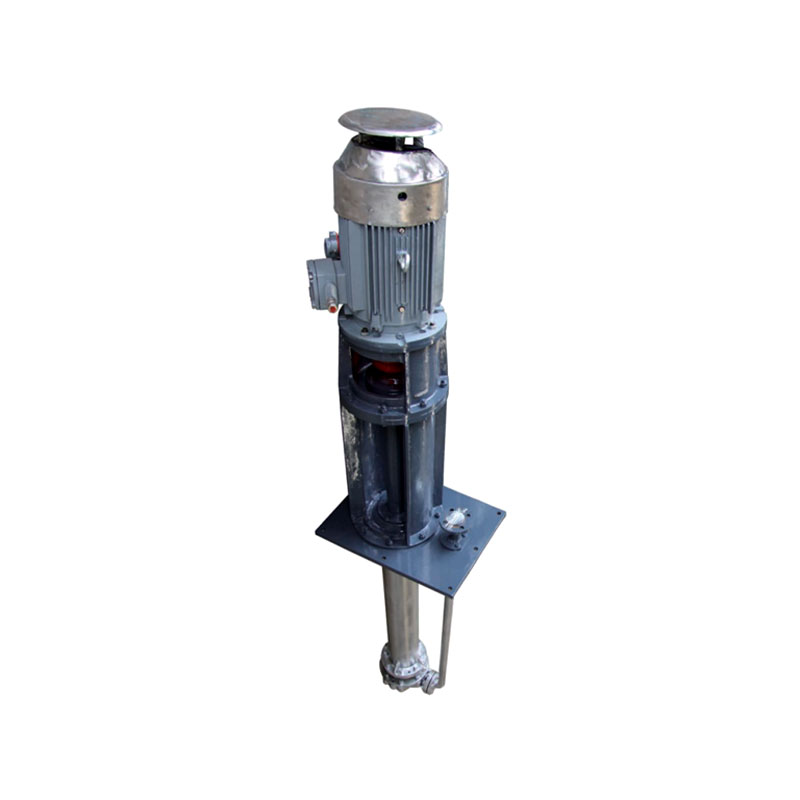
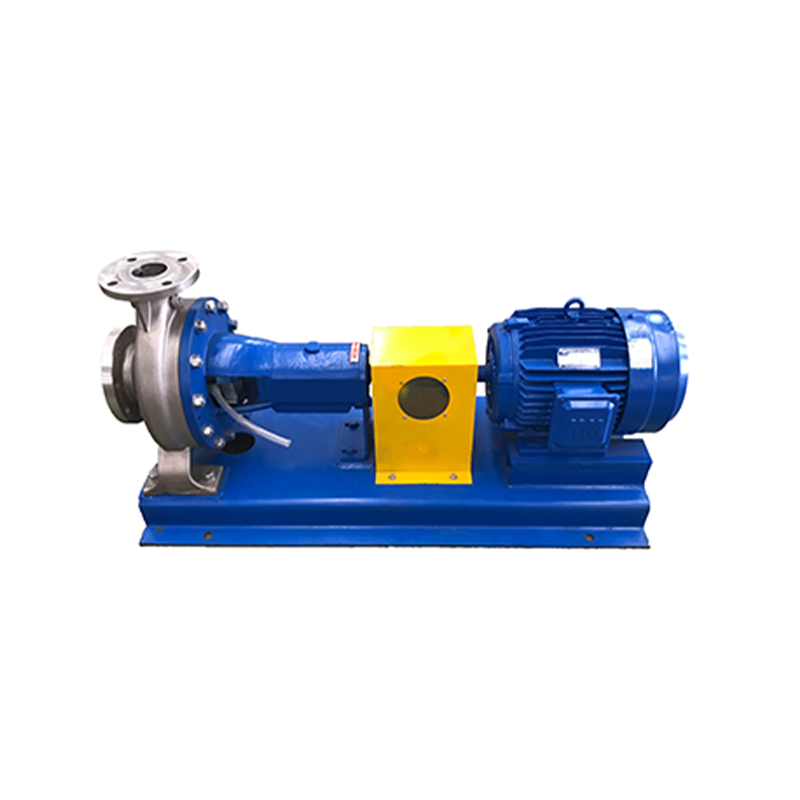

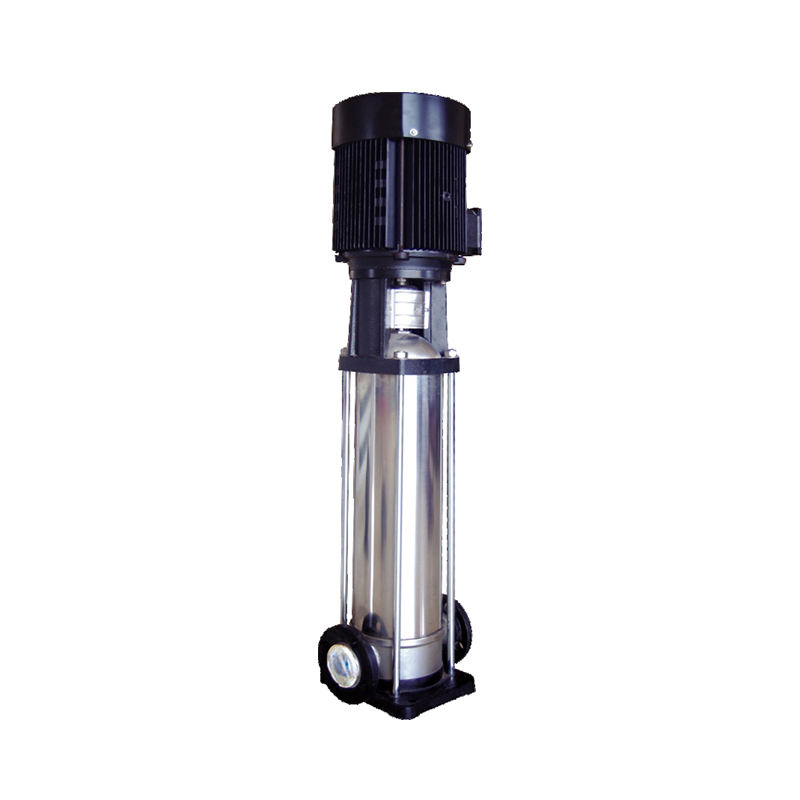






 ENG
ENG

 TOP
TOP